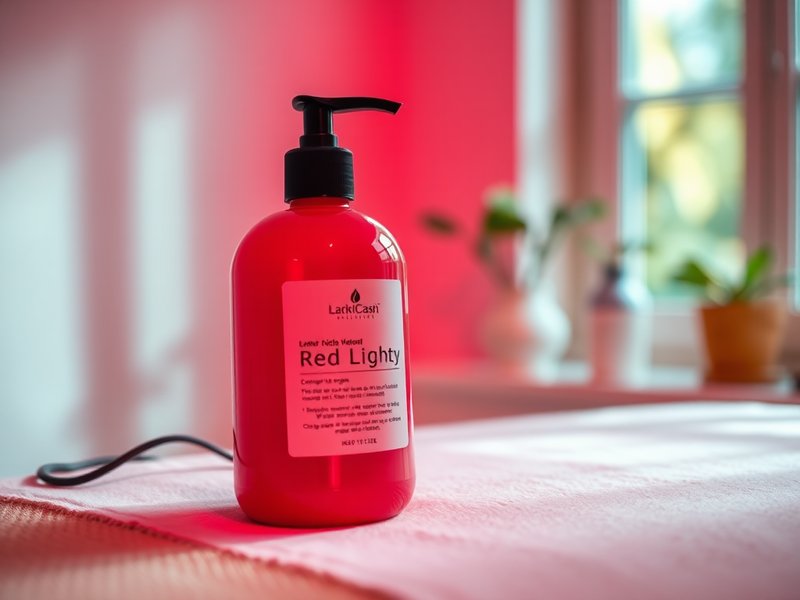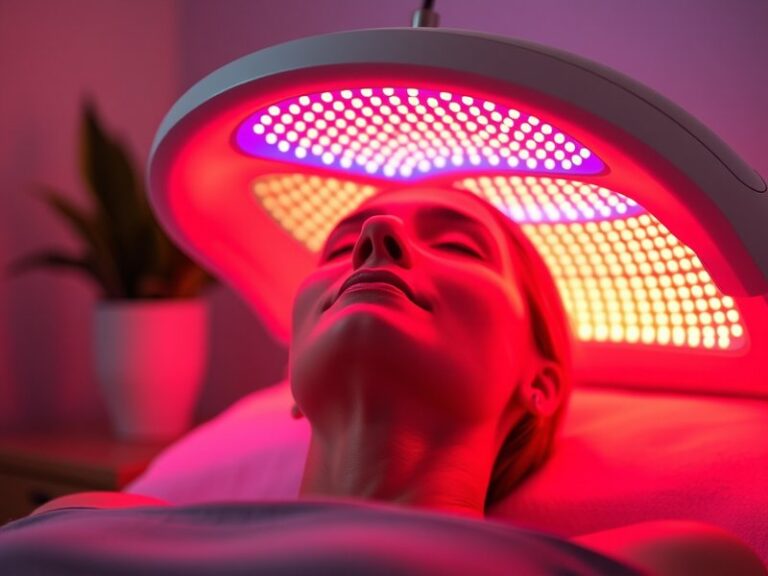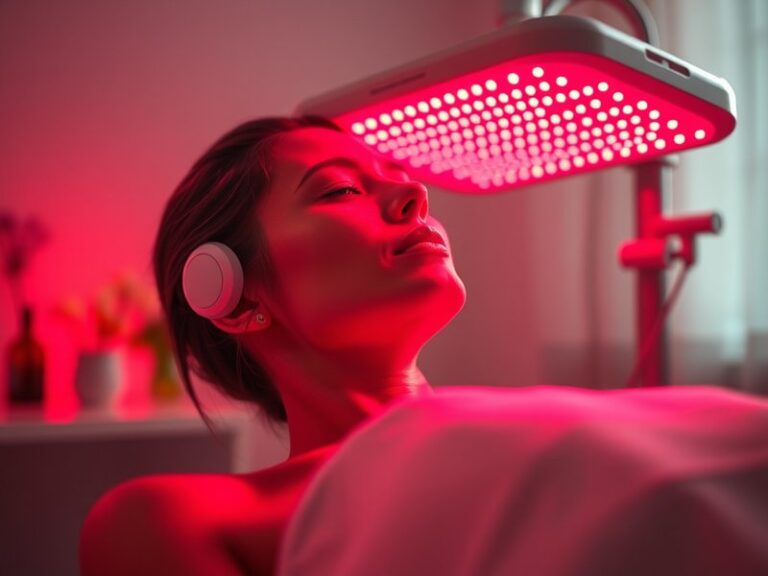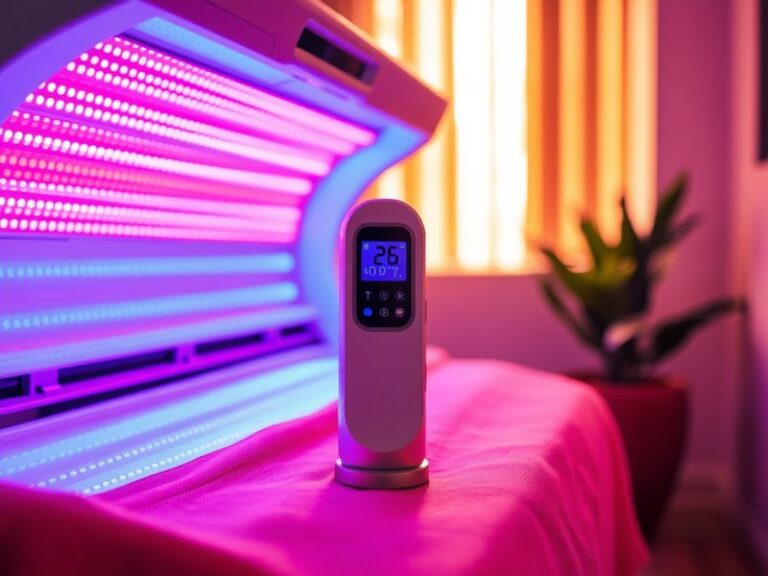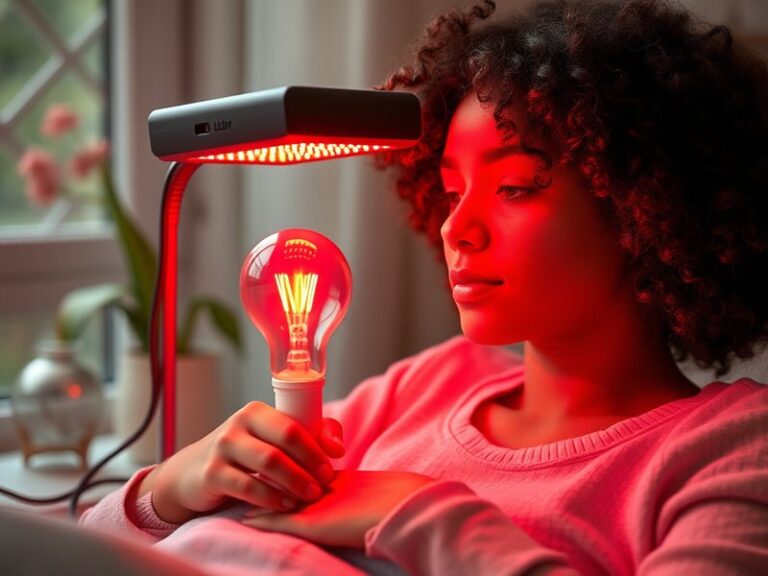What Lotion Is Best For Red Light Therapy?
What Lotion Is Best For Red Light Therapy?
Have you ever wondered how to enhance the effects of red light therapy on your skin? If so, you’re not alone. As more people seek the benefits of this innovative treatment, the choice of lotion to use in conjunction with red light therapy has become an important consideration. In this article, we’ll explore the best types of lotions for red light therapy and what to look for to maximize its benefits.
Key Takeaways
- Choosing the right lotion can enhance the effectiveness of red light therapy treatments.
- Look for lotions that contain natural ingredients, antioxidants, and moisture-boosting properties.
- Always consult with a skincare professional before combining lotions with red light therapy.
What is Red Light Therapy?
Red light therapy (RLT) is a non-invasive treatment that uses low-level wavelengths of red light to promote healing, reduce inflammation, and rejuvenate the skin. It is known for its potential to improve various skin concerns such as acne, wrinkles, and scars.
Red light therapy works by stimulating the mitochondria in cells, improving energy production, and encouraging cellular repair. This therapy can be done at home with handheld devices or through professional treatments in a clinical setting.
Types of Red Light Therapy
- Home devices: These are compact devices designed for personal use, offering convenience for daily treatments.
- Professional-grade equipment: Typically used in salons or clinics, these devices often provide more powerful and targeted treatments.
What are the Benefits of Using Lotion with Red Light Therapy?
Combining lotion with red light therapy can significantly enhance the treatment’s effectiveness. Below, we delve into the various advantages of this approach.
Moisturization
Using a lotion helps keep skin hydrated, which is essential during red light therapy. Hydrated skin can better absorb light, leading to improved results.
Enhanced Absorption of Active Ingredients
Many lotions are formulated with ingredients that complement the benefits of red light therapy. These include antioxidants like vitamins C and E, which can enhance skin repair processes.
Dive into Can Red Light Therapy Cause Skin Cancer?
Soothing Sensation
Lotions often contain soothing agents such as aloe vera or chamomile, which can help alleviate any redness or irritation that may occur during therapy.
Longer Lasting Effects
Utilizing a quality lotion can prolong the benefits of red light therapy sessions, resulting in smoother, healthier skin.
Is it Possible to Use Any Lotion with Red Light Therapy?
While it may be tempting to use any lotion, not all products are suitable for integration with red light therapy. Some lotions can hinder the therapy’s effectiveness due to ingredients that reflect or absorb light.
What are the Advantages of Using a Compatible Lotion?
- Maximized Benefits: Compatible lotions allow for optimal absorption of light, promoting enhanced skin regeneration.
- Reduced Risk of Reactions: Using gentle and natural lotions minimizes the risk of skin irritation during therapy.
- Improved Skin Health: The right lotion can amplify the nourishing effects of red light therapy.
What are the Disadvantages of Using Ordinary Lotions?
- Incompatibility: Some chemicals in regular lotions may reflect light or generate unnecessary heat, potentially diminishing results.
- Skin Irritation: Lotions with fragrances or harsh ingredients can cause irritation when combined with therapy sessions.
What are the Things to Consider Before Selecting a Lotion for Red Light Therapy?
There are several key factors to reflect on when selecting a lotion to enhance red light therapy outcomes.
Ingredient Quality
Look for lotions with high-quality, natural ingredients. Avoid products with synthetic fillers, fragrances, or harsh chemicals that could affect light penetration.
Purposeful Formulation
Select lotions specifically designed for use with light therapy. These products often contain ingredients that enhance light absorption and support skin health.
Consultation with Professionals
Consulting with a dermatologist or skincare professional can provide valuable insights into suitable products tailored to your unique skin concerns and therapy goals.
What are the Alternatives to Using Lotion with Red Light Therapy?
If you wish to explore options beyond lotion, there are several alternatives that can still provide benefits during red light therapy sessions.
Read the deep dive Cream for Red Light Therapy
Gels
Lightweight gels can serve as a fantastic alternative to lotions. They often contain less oil and more active ingredients that can be absorbed quickly by the skin.
Serums
Serums are concentrated formulations that penetrate deeper into the skin. They typically contain powerful actives that can produce significant results when combined with red light exposure.
Balm
Balm products may offer a rich, protective layer on the skin, ensuring that moisture levels remain high. Look for balms with natural butters that are gentle and compatible with light therapy.
Conclusion: Is it Recommended to Use Lotion for Red Light Therapy?
Incorporating lotion with red light therapy appears beneficial for enhancing results and nourishing the skin. However, choosing the right products is essential to ensuring compatibility and maximizing outcomes. Consulting with skin experts and selecting formulations rich in beneficial ingredients can lead to healthier, brighter skin.
Frequently Asked Questions
What ingredients should I avoid in lotions used with red light therapy?
Avoid lotions containing synthetic fragrances, alcohol, and heavy oils that may hinder light penetration or cause skin irritation.
How soon after using red light therapy can I apply lotion?
It’s generally recommended to apply lotion immediately after therapy to enhance hydration and skin recovery benefits.
Can I use retinol products in conjunction with red light therapy?
Yes, but it’s best to consult with a dermatologist, as retinol can increase skin sensitivity and may require adjustments in your routine.
What are the best natural ingredients to look for in lotions?
Look for ingredients like aloe vera, hyaluronic acid, shea butter, and vitamins C and E, which are known for their skin-soothing and nourishing properties.
